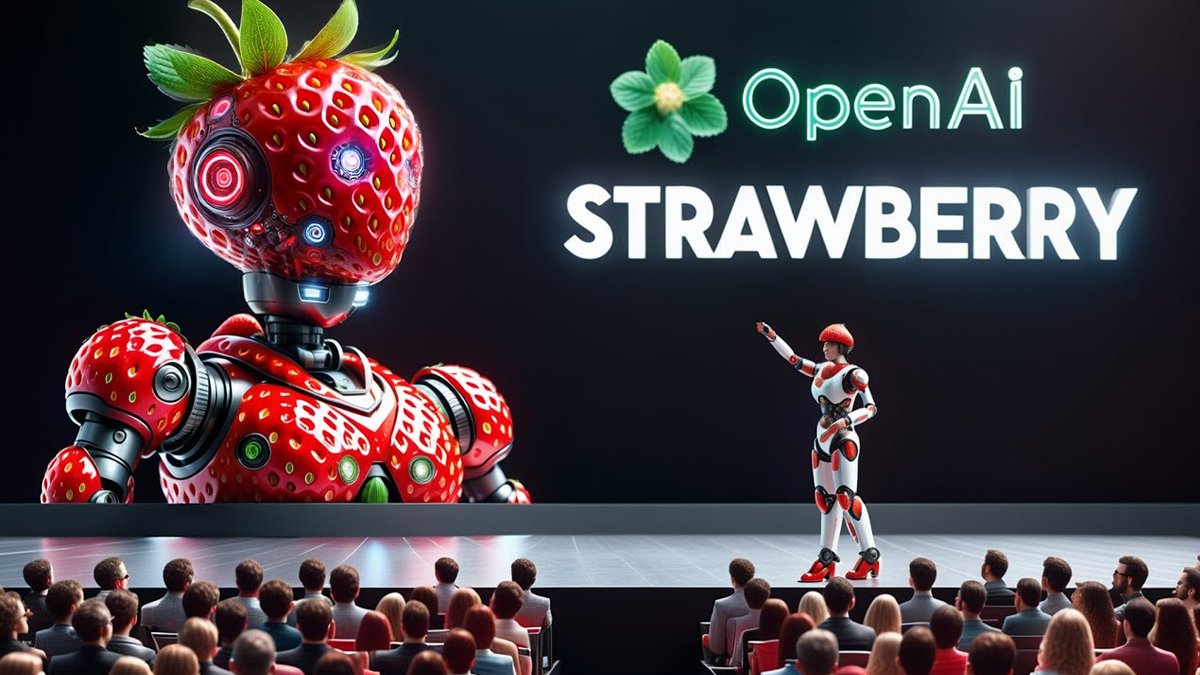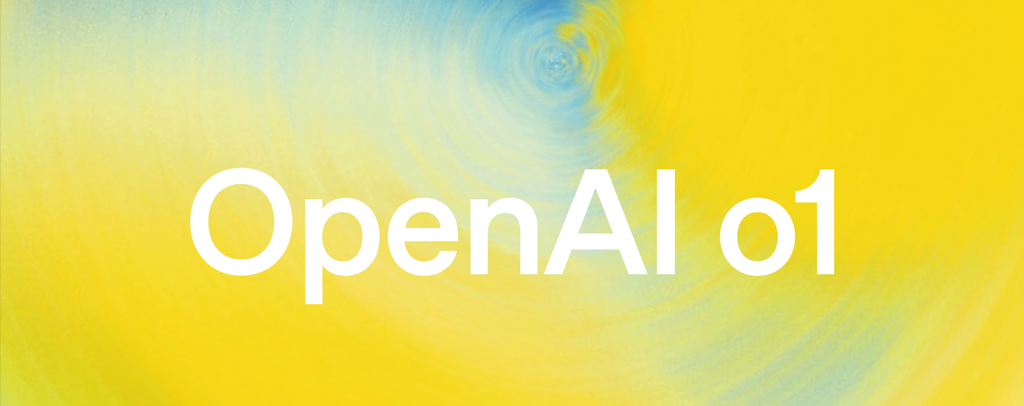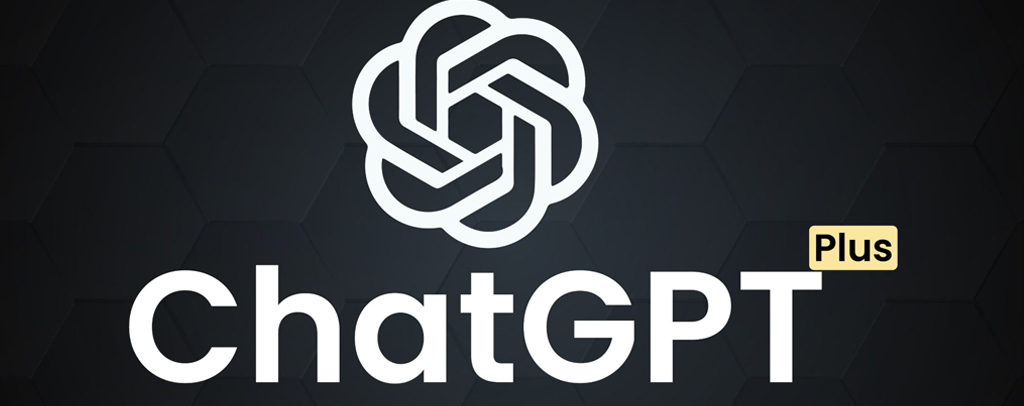
With excitement, OpenAI has finally released their AI model, code-named “Strawberry AI.” As expected, the updated model known as “OpenAI o1-preview”—a completely new naming scheme for the company—is “designed to spend more time thinking” before answering, expanding the range of “complex tasks” and “harder problems” that OpenAI Strawberry AI can handle.
The company’s goal is to achieve artificial general intelligence – which is the theoretical point at which an AI could outperform a human, and the model has long been hailed as a breakthrough. The goal is to impart the model with a feeling of “reasoning,” so that it can, for example, solve more complex mathematical problems. Furthermore, if the company is to be believed, it already possesses considerable academic expertise.
OpenAI claims the Strawberry Ai model “performs similarly to PhD students on challenging benchmark tasks in physics, chemistry, and biology.” However, as the name implies, there will likely be many more changes in the future as the o1-preview is still in its early stages.
As of right now, ChatGPT Plus and Team users will have access to ChatGPT OpenAI o1. The business also intends to make ChatGPT’s more lightweight version, known as o1-mini, available to all free users; however, the exact date of this announcement is still pending.
According to OpenAI, safety was a primary priority when creating its most recent OpenAI Strawberry AI model. The new device scored 84 out of 100 in one of its “hardest jailbreaking tests,” – compared to just 22 for its predecessor, the GPT-4o.
According to Jerry Tworek, research head at OpenAI, the new OpenAI Strawberry AI model “has been trained using a completely new optimization algorithm and a new training dataset specifically tailored for it,” as reported by The Verge.
The startup believes ChatGPT OpenAI o1(ChatGPT Strawberry Ai) may be used “by healthcare researchers to annotate cell sequencing data, by physicists to generate complicated mathematical formulas needed for quantum optics, and by developers in all fields to build and execute multi-step workflows.”
Why Is Everyone So Excited About GPT o1?

OpenAI has positioned GPT o1 as a breakthrough – rather than merely an improvement. Math and coding difficulties are examples of complex, multi-step problems that the model excels at addressing by imitating human reasoning and providing an explanation of its reasoning process as it goes. The way these models are taught and used has significantly changed – with the move toward reasoning-based AI.
In comparison to earlier models, GPT o1 promises increased accuracy and a significant decrease in hallucinations, which occur when AI models produce inaccurate or misleading information. Jerry Tworek, Research Lead at OpenAI, says that while it’s not flawless, this new OpenAI Strawberry AI model(ChatGPT Strawberry Ai) has less hallucinations than its predecessors.
What Differentiates GPT o1 From Previous Models?
o1’s training is very different from that of its predecessors, such as GPT-4o. o1 employs reinforcement learning, a method where the system learns through rewards and punishments, honing its problem-solving skills with each iteration. Previous models were trained to imitate patterns. Furthermore, o1 uses a “chain of thought” approach, which breaks down problems into logical, sequential steps – in order to emulate human cognition.
Chief Research Officer of OpenAI – Bob McGrew points out that o1 performs better than its predecessors in jobs involving math. In testing against the International Mathematics Olympiad, o1 successfully answered 83% of the issues, whereas GPT-4o could only answer 13% of the questions. This makes it an effective tool for scientific inquiry, particularly in domains – where rigorous reasoning and intricate problem-solving are crucial, like physics, chemistry, and engineering.
What Does This Mean For Users?

Users of ChatGPT Plus and Team can now access o1-preview and o1-mini right away. Next week, Enterprise and Edu users will have access, and OpenAI intends to distribute o1-mini to ChatGPT free-tier users, though no specific date has been announced yet. The cost of o1-preview, which is more than triple the price of GPT-4o, will be prohibitive for developers – who are keen to include this sophisticated reasoning model into their applications – it costs $15 for every million input tokens and $60 for every million output tokens.
The Future Of AI Reasoning: Challenges And Opportunities
Even if o1’s reasoning abilities represent a significant improvement, challenges remain. Compared to its predecessors, this model is costlier, requires more time to operate, and is not yet optimized for processing files and photos or web browsing. Notwithstanding these drawbacks, OpenAI thinks o1 is a significant step toward AI models that can carry out difficult tasks on their own – and get closer to intelligence like that of humans.
Additionally, this publication gives optimism for future developments in non-technical sectors. ChatGPT OpenAI o1 has the potential to lead to breakthroughs in engineering, medicine, and other fields – because of its capacity to take on challenging benchmark tests in physics and chemistry. “Reasoning is the critical breakthrough that could unlock unprecedented capabilities in AI,” as McGrew clearly stated.
Mind-Blowing Brain AI Tech Lets People Control Computers with Their Thoughts
A Move In The Direction Toward Autonomous Agents

For OpenAI, developing o1 is about advancing toward a time when AI will be able to function as independent agents rather than just enhancing current AI models (ChatGPT Strawberry Ai). These agents would have the ability to solve problems in the real world, make decisions, and act on behalf of people. This vision of AI might transform a variety of industries, including engineering and healthcare, by going beyond basic pattern recognition – and into the world of reasoning and decision-making.
Still, we are only at the beginning of the road toward autonomous decision-making agents. Even while o1 isn’t quick enough or cheap enough for general use just yet, it’s still a big step forward – for AI research. McGrew pointed out that the development of AI systems toward human-like intelligence depends on their ability to solve complicated reasoning tasks.
The publication of o1 represents a turning point in the advancement of AI. The ramifications for sectors that depend on complicated problem-solving are enormous – as OpenAI continues to push the limits of what reasoning models can accomplish. From scientific studies to coding competitions, o1’s skills show a significant shift toward AI that thinks – nearly like a human being.
We could expect that ChatGPT OpenAI o1 and its offspring will play an increasingly significant role in determining the direction of science, business, and technology – as OpenAI develops and expands its models.
The publication of ChatGPT OpenAI o1 paves the way for interesting developments in a field that will see a rise in the use of AI reasoning models in practical applications as well as research. We are entering the era of reasoning AI, and this is just the beginning.
Final Word
The “Strawberry” set of AI models (- OpenAI Strawberry AI), which OpenAI launched, is designed to tackle challenging arithmetic, science, and coding challenges as well as reasoning tasks. The performance of the latest models, dubbed “o1” and “o1-mini,” is noticeably better than that of earlier versions such as GPT-4o. According to OpenAI, these models have the ability to break down complex queries on their own, allowing them to tackle more difficult problems that previously required human intervention.
